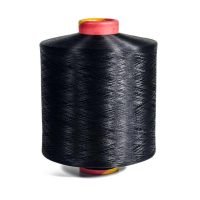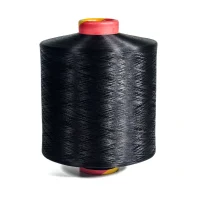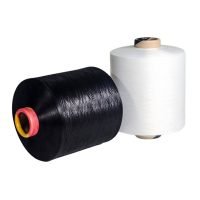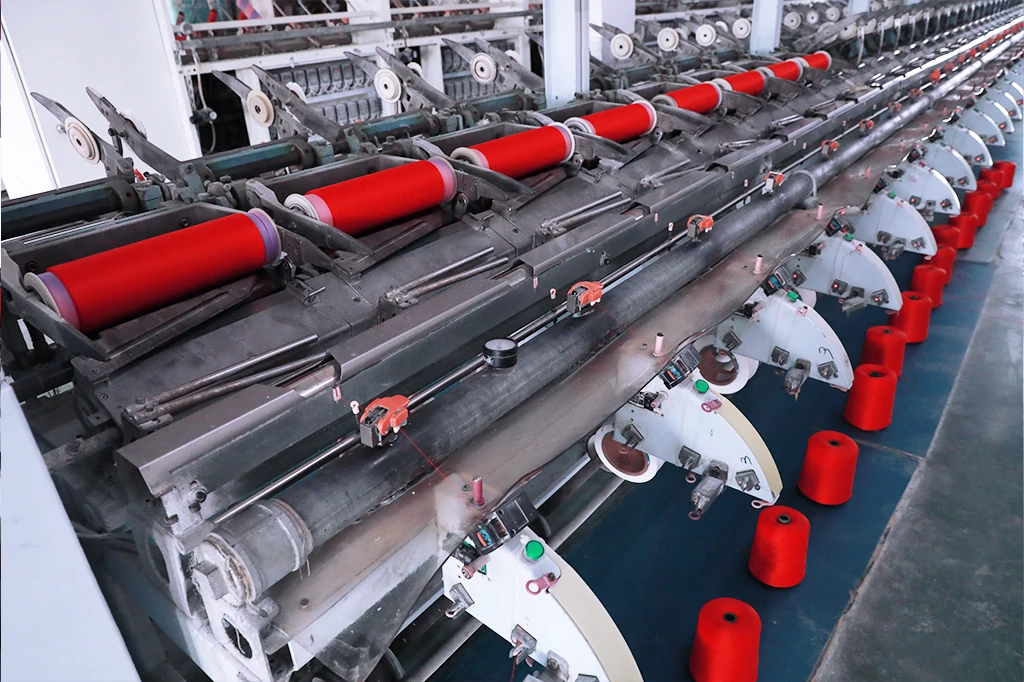Air Covered Yarn (ACY Yarn)
The air covered yarn produced by our company YM THREAD is a type of yarn with a soft and smooth feel. It uses polyester and nylon fibers as its main components, and utilizes air-coating technology to simultaneously stretch them with spandex. After passing through a special nozzle, it forms a rhythmic network of dots.
Application:Shoes upper / Socks / Collar
Parameters
| Name | Air covered yarn / Acy yarn |
| Material | 100 percent polyester yarn or 100 percent nylon yarn |
| Type | Double covered yarn / Single covered yarn |
| Technic | covered |
| Denier-spandex | 20D,30D,40D |
| Denier-polyester | 70D,75D |
| Feature | Good color-fastness,Good elasticity,Good heat-resistance,Fatigue-resistance,High tensile strength Tear resistance |
Product
Production workshop
Video Introduction
Key Word
- spandex covered yarn
- covered yarn
- sock yarn
Feature
The advantages of YM THREAD ‘s air covered yarn
- Aesthetic appearance: With bright and soft colors, and a good appearance, it can enhance the quality and grade of textiles.
- Soft and comfortable: It has a soft and smooth texture, giving a comfortable touch, suitable for making intimate clothing and underwear that require a comfortable feeling.
- High elasticity: It has high elasticity and recovery, able to adapt to large tensile and compressive deformations, providing better comfort and freedom for the wearer.
- Strong thermal insulation: It can form a protective layer on the surface of textiles, improving their thermal insulation performance, suitable for making winter clothing and outdoor sportswear that require thermal insulation.
- Good moisture permeability: It can form a micro-porous structure on the surface of textiles, improving their moisture permeability, suitable for making sportswear and summer clothing that require breathability performance.
- Strong durability: The air-covered yarn of dyed silk has high durability, able to maintain its original performance and shape, suitable for long-term use.
Application

Sock
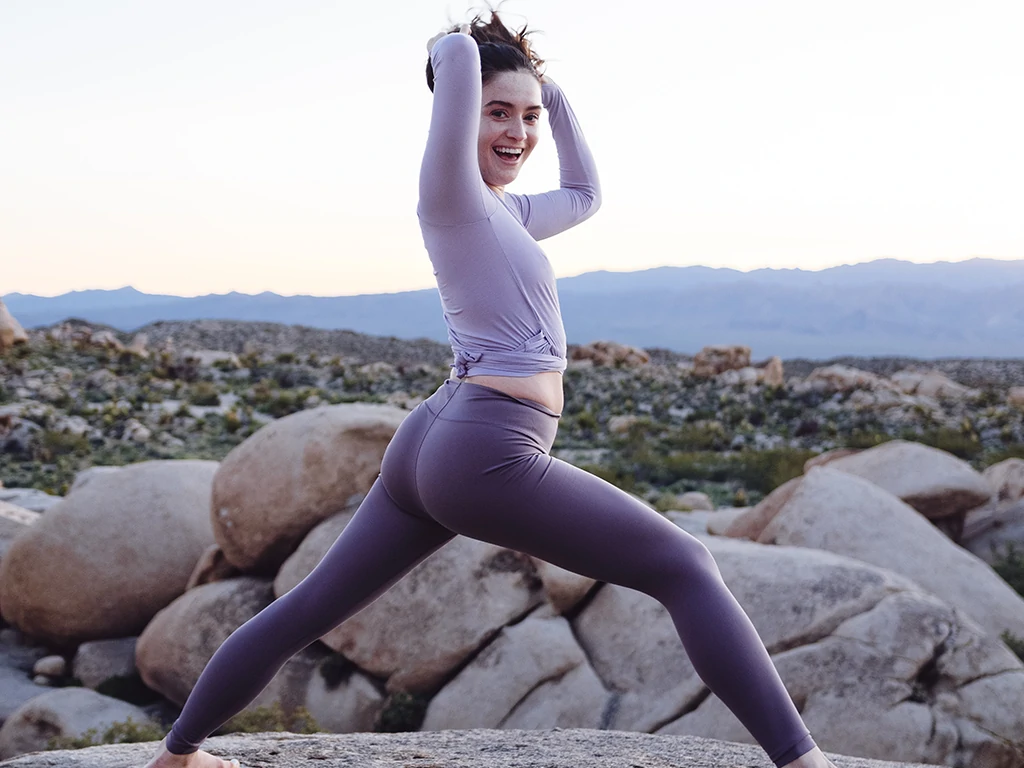
Seamless wear
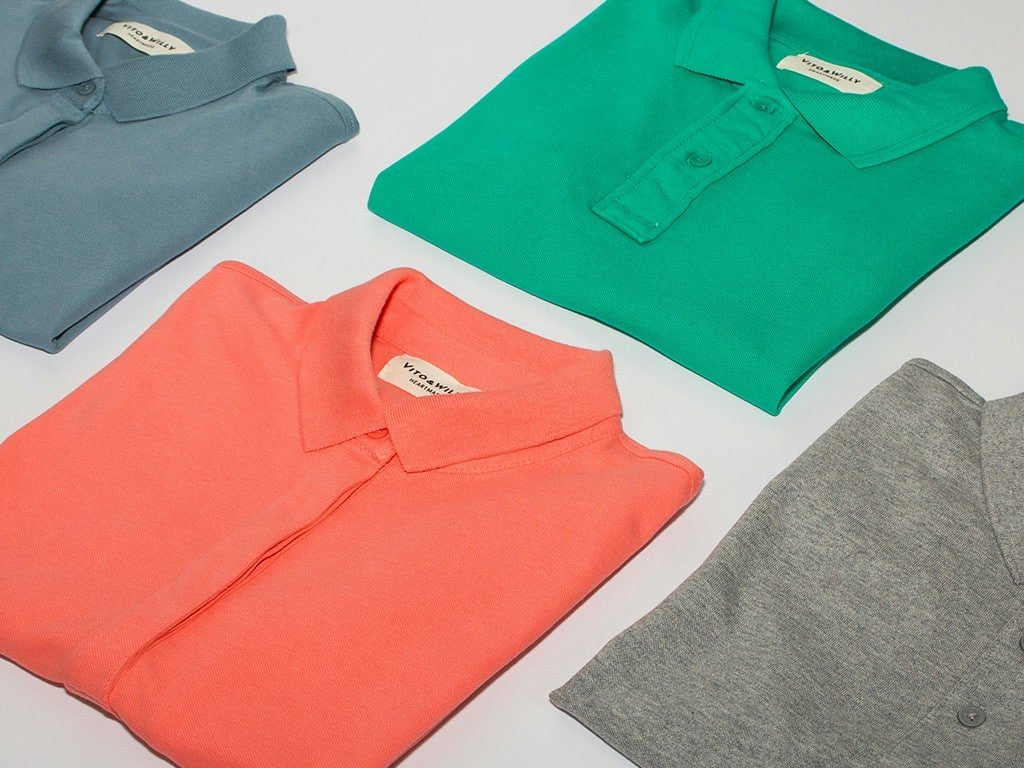
Collar
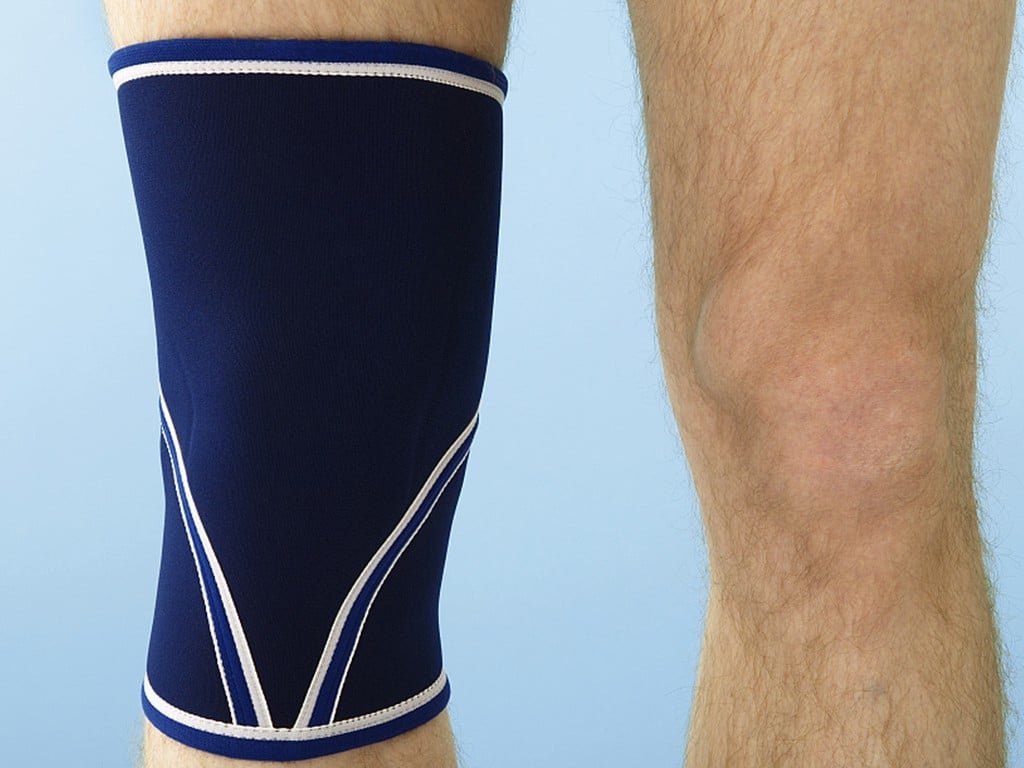
kneepad
Color Card
More
What is air covered yarn?
Air covered yarn is a type of yarn with a soft, smooth feel. It uses polyester and nylon fibers as its main components, and utilizes air-coating technology to simultaneously stretch them with spandex. It is formed into a rhythmic network of dots through a special nozzle.
This yarn has high elasticity and recovery, and can adapt to large tensile and compressive deformations. At the same time, due to its good breathability and fast drying properties, it is suitable for making sportswear, outdoor clothing, and casual wear.
Compared with traditional covered yarn, air covered yarn has higher elasticity and comfort, providing a better wearing experience. In addition, due to its stable structure and resistance to deformation, it also has a longer service life.
What is the difference between Acy and SCY?
Traditional covered yarn (SCY) and air covered yarn (ACY) are two different methods for making yarn, with distinct differences in production principles and yarn structure.
SCY is a method of continuously wrapping an outer fiber filament around the uniformly drawn core filament of spandex, and twisting it to form a yarn with a twist coefficient. This production method creates a dense yarn structure, resulting in a smooth and stiff fabric feel, making it mainly suitable for high-end fabrics and special-purpose fabrics.
ACY, on the other hand, involves continuously stretching the outer fiber filament and spandex filaments simultaneously, passing them through a specific nozzle, and using compressedive air to them into a rhythmic network of dots. This production method creates a loose yarn structure, resulting in a soft and smooth fabric feel, making it mainly suitable for knitted fabrics and elastic fabrics.
Therefore, SCY and ACY have distinct differences in production processes, yarn structures, and fabric styles, requiring specific yarn types to be selected based on specific needs.
How to produce air covered yarn?
一、Preparation stage
- Confirming raw materials: Checking the inventory of fibers and spandex for sufficient quality and compliance with standards. Ensuring the purity and uniformity of raw materials to ensure product quality and stability.
- Checking equipment: Conduct routine inspections on all production equipment, including drafting machines, air-cladding machines, heat setting machines, and winding machines. Check the operating status and accuracy of the equipment to ensure that it functions properly during production and meets process requirements.
- Prepare tools and accessories: Prepare all necessary tools and accessories, such as drafting rods, air nozzles, heat setting rollers, etc., and check that they are in good condition.
Drawing stage: - Feeding: Transport the fiber yarn and spandex yarn to the input end of the drafting machine.
- Drawing: In the drawing machine, the fiber and spandex filaments are gradually stretched and brought to the desired fineness through a series of rollers and guide wheels. During this process, the tension of the fiber and spandex filaments should be kept uniform to avoid broken ends or uneven strands.
- Transfer: The drawn fiber and spandex yarn are transferred to the input end of the air wrapping machine.
二、Coating stage
- Confirming raw materials: Checking the inventory of fibers and spandex for sufficient quality and compliance with standards. Ensuring the purity and uniformity of raw materials to ensure product quality and stability.
- Checking equipment: Conduct routine inspections on all production equipment, including drafting machines, air-cladding machines, heat setting machines, and winding machines. Check the operating status and accuracy of the equipment to ensure that it functions properly during production and meets process requirements.
三、Heat setting stage
- Heating: In the heat setting machine, the air-coated yarn is heated to a certain temperature through a series of heating rollers, making the structure of the yarn more stable.
- Cooling: After heating, the yarn needs to be quickly cooled to prevent it from deforming or shrinking.
- Transfer: The heat-set yarn is transferred to the input end of the winder
四、Winding stage
- Winding: On the winder, the heat-set yarn is wound into large or small coils for subsequent processing and use.
- Packaging: The wound yarn needs to be packaged to prevent it from being damaged by external environmental factors. Waterproof cloth or plastic bags can be used as packaging materials.
五、Machinery used
- Drawing machine: used to simultaneously draw fiber and spandex yarns. The accuracy and stability of the drawing machine have a significant impact on product quality and output.
- Air wrapping machine: uses compressed air to wrap the stretched fiber and spandex yarn to form a rhythmic network structure. The nozzle structure of the air wrapping machine and the quality of the compressed air have a significant impact on the quality and stability of the product.
- Heat setting machine: It stabilizes the structure of the coated yarn and improves its performance. The heating and cooling system of the heat setting machine has a significant impact on the quality and stability of the product.
- Winder: The yarn after heat setting is wound for subsequent processing and use. The structure and accuracy of the winder have a significant impact on product quality and output.
- Other auxiliary equipment: such as conveyor belts, drive rollers, and other auxiliary equipment, are used to transport raw materials and products to various production stages. The operating status and maintenance of these equipment also have a significant impact on production efficiency and product quality.






